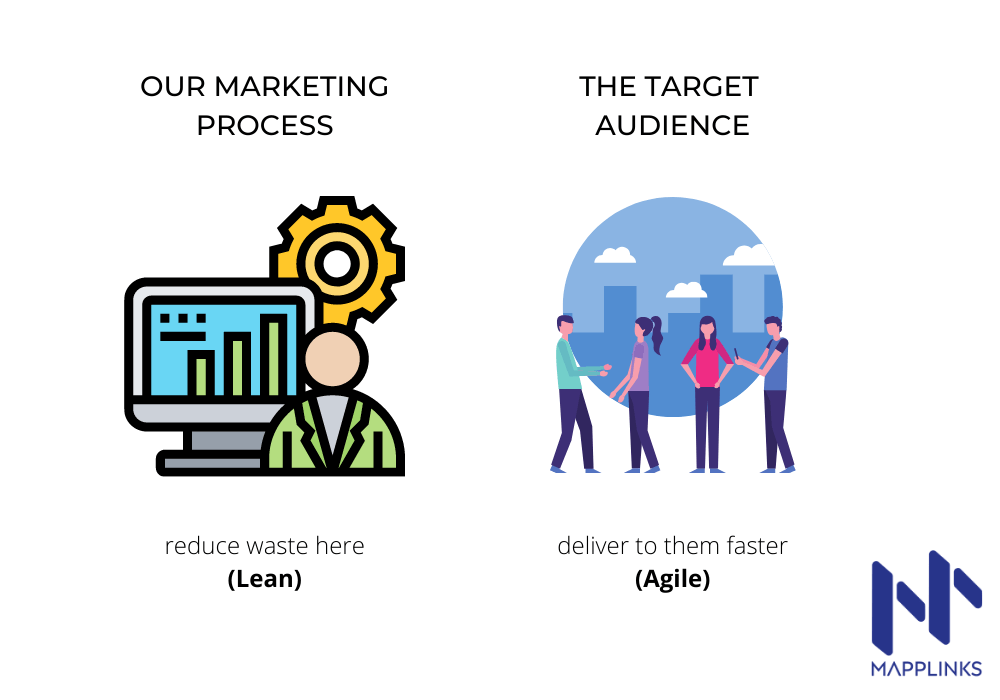Chapter 14: Embrace the unconventional
This growth marketing mindset links directly to marketing execution.
When you embrace the unconventional, you start:
- Exploring channels other marketers haven’t explored
- Finding alternative ways to find your target audience
- Using tools for alternative users than what they’re designed to be used for
- Finding creative platforms to run marketing campaigns on
- Finding offbeat channels that are still not popular
It is said that “Marketers ruin everything”.
As marketers over-utilize channels, they become saturated.
This is where going unconventional helps.
As a growth marketer, there are two golden areas of opportunities:
- When you run conventional experiments on unconventional channels
- When you use unconventional experiments on conventional channels
While this may sound confusing at first, let’s clarify further with examples.
Example 1: Using conventional experiments on unconventional channels
One conventional experiment is to run ads for traffic or clicks. You can run this experiment on unconventional channels like a new mobile app that is getting popular with your target audience and thus find that golden opportunity of cutting costs and improving results.
The experiment is still conventional and not a very creative idea i.e. ads for clicks. However, the channel is one that most marketers aren’t using.
Example 2: Using unconventional experiments on conventional channels.
Let’s say we head to Google search. This is a very conventional channel for organic search traffic. But instead of optimizing our website for certain keywords, we create google business listings and work on optimizing google maps listing for the keyword – with the listing linking to our website.
Eventually, we start showing up on the featured google map snippet on search results for a local target audience. This would be an uncoventional way to drive traffic and visibility – on a conventional channel.
This makes it easier to target the first position (or zero’th position as I call it) on the featured snippet cutting away the competition that exists on trying to rank on organic results or the budget required to bid for the first position on the ads.
Start looking for experiments that fall into one of the above categories to get more ROI from your marketing.
You can also try unconventional experiments on unconventional channels 🙂
The key mindset is to embrace the unconventional.
And not to get emotional about certain channels or experiments.
This will give you the ability to expand your ideation as well as execution process.
You can also think unconventional when it comes to the marketing tools that you use. To do this, always ask the following questions about any digital marketing or growth marketing tool you come across:
- How can I fit this tool into the current experiments I’m running (straight forward approach)
- How can I use this tool to design new marketing experiments around it (great way to add ideas)
- How else can I use this tool apart from what it’s intended to do (going unconventional with the tool)
Remember: The unconventional fuels growth faster, better, and cheaper than the conventional.
All the best!

